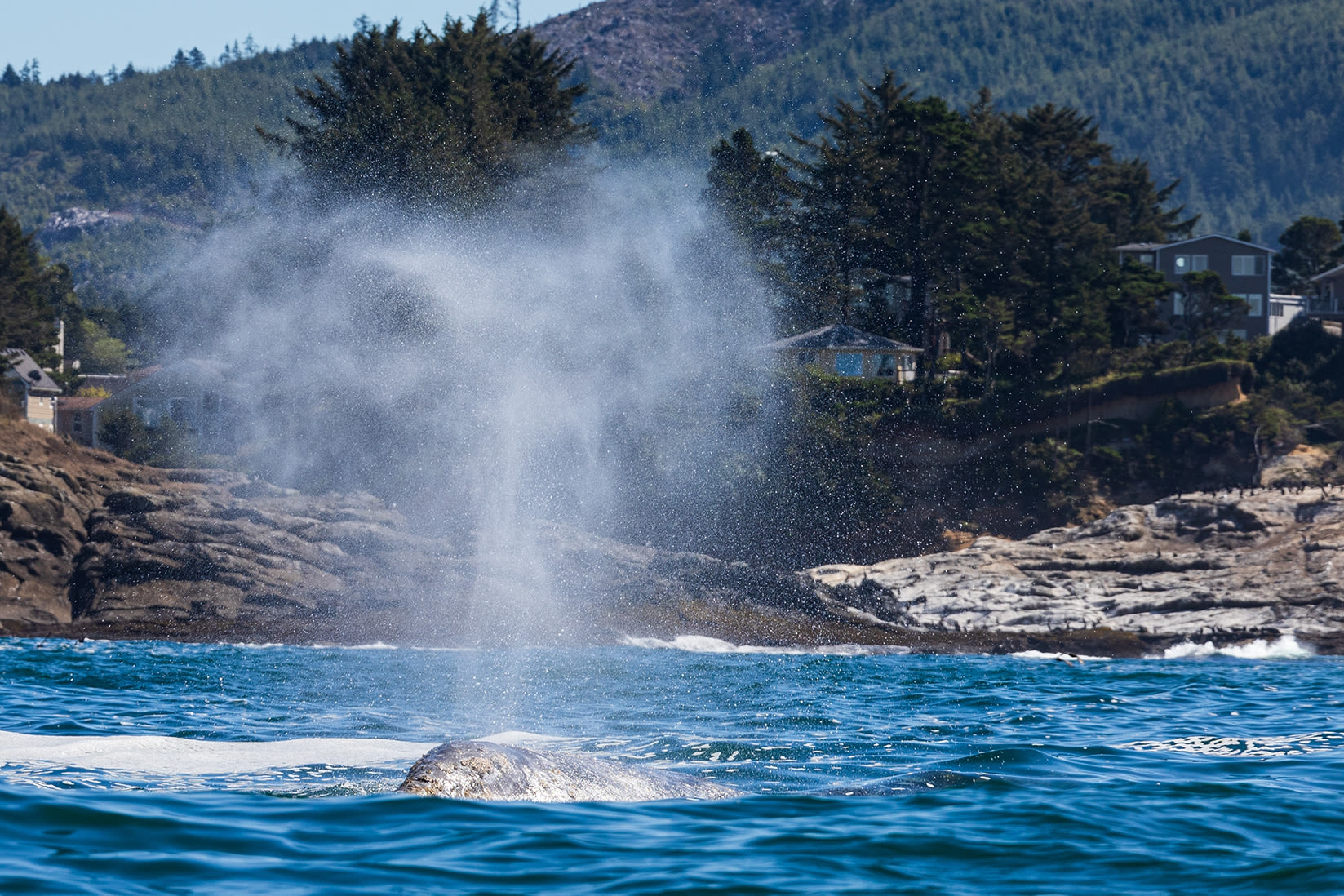A Naturalist's Six Tips for Soaking Up Autumn on the Oregon Coast
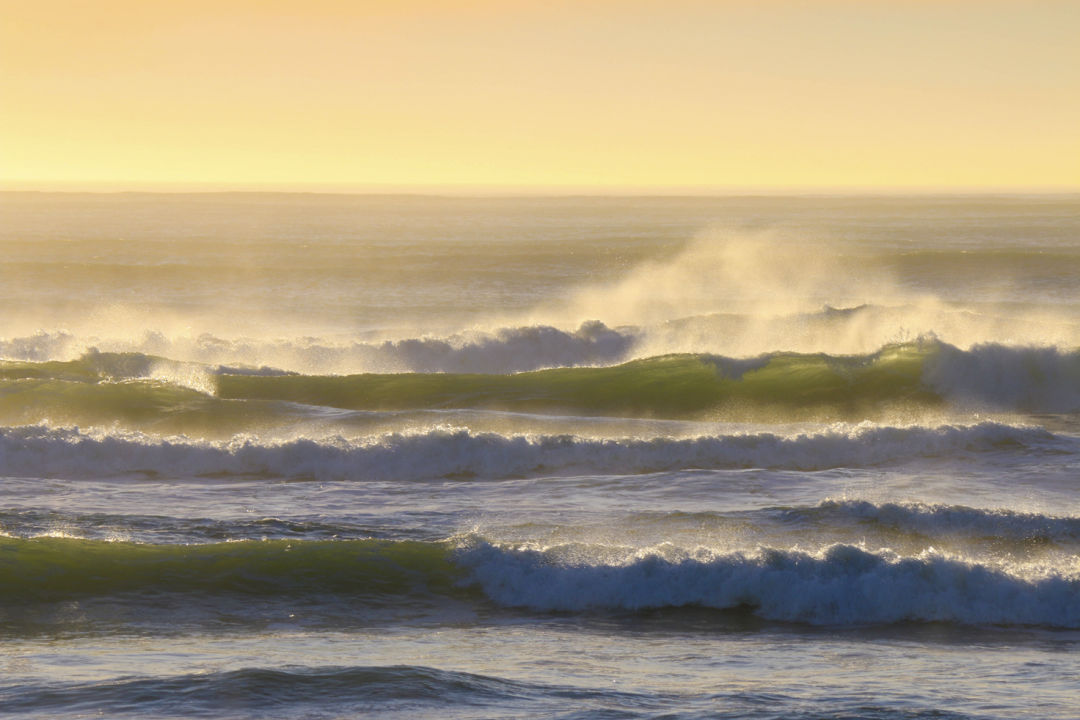
Image: Robert Steelquist
Every year I make several trips to the Oregon coast to disconnect, the most recent a Labor Day jaunt for a family reunion just south of Tillamook. If I'd had with me a copy of Robert Steelquist’s just-released The Northwest Coastal Explorer, I might have stuck to kayaking among harbor seals, rather than hiking the bluffs, hoping to spot gray whales. I'd have known that whales don't migrate south past Oregon until at least November.
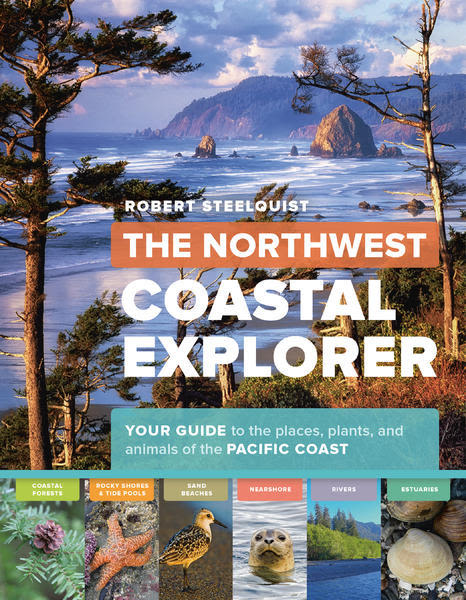
Image: Timber Press
Such is the handiness of Steelquist’s 13th book. Part field guide, part travel guide, Steelquist writes with the authoritative voice of that friend you want next to you on the trail or in the dunes—the one who knows just where to go for a weekend getaway and what to pack for the Pacific Northwest’s unpredictable weather.
Case in point: beach strolling. I’ve occasionally come across a long plant resembling Poseidon’s whip and dubbed it “seaweed,” not really knowing what it was. Thanks to Steelquist's book, I learn that this isn't seaweed at all, but bull kelp, one hardy strand of which makes up a small part of vast kelp forests suspended by buoyant bulbs just off shore. Also, who knew that bull kelp could grow six inches a day, or 100 feet in a single growing season? Or that sea otters, which live in kelp forests, eat a third of their body weight daily?

Author Robert Steelquist.
Image: Timber Press
Born in Oregon, Steelquist spent his childhood in Portland before eventually moving north and putting down roots in the lush environs of the Olympic Peninsula. After stints as a National Parks naturalist guide and twenty years at NOAA, Steelquist retired and hit the road. He spent 14 months rambling from Canada to Northern California conducting research and taking photographs for the book, which is split into seven sections (coastal forests, rocky shores and tide pools, sand beaches, nearshore, rivers, estuaries).
Planning your own seaside adventure? I spoke with Steelquist in advance of his September 27 presentation at the Portland Ecotrust building to ferret out a few autumn travel tips.
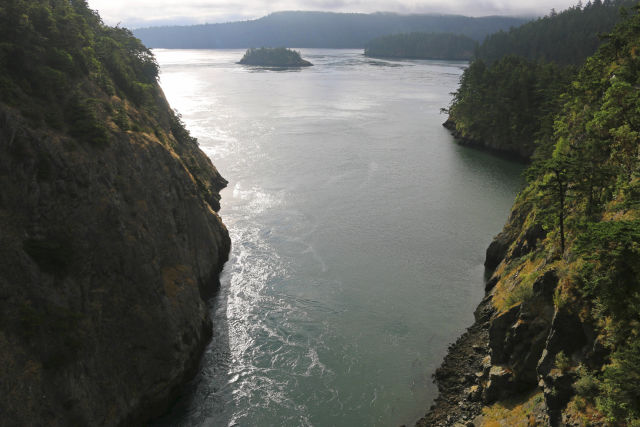
In Washington, surging currents boil through Deception Pass in the northern Salish Sea.
Image: Robert Steelquist
1. Rivers are where the wild things are.
In October and November, Steelquist says to head for rivers, bays, and estuaries. Many rivers host coho salmon runs in October. Plus, it’s elk breeding season, which means potentially spotting them in nearby fields (with binoculars—keep your distance!) or hearing them bugling.
2. Hike with the biggies.
If the rain's not too fierce to hit the trails, remember to look out for big leaf maples shedding their showy foliage. Mostly, though, you’ll be walking among evergreens, so watch out for Sitka spruces and shore pines while contemplating the fact that the Pacific Northwest coast is home to the world’s largest and heaviest trees. Or as Steelquist calls them, the “blue whales of terrestrial organisms.”
3. When's the best whale viewing time?
Californian gray whales migrate south to Mexico in the fall (part of a 13,000-mile annual journey), and prime viewing time is November and December. Steelquist recommends hiking Cape Lookout for a better chance of identifying them as they surface. But how to know if it’s really a gray? Steelquist says to look for a “ridge of knuckle-like bumps” on their backs and the V-shape of their spouting caused by the gray’s twin nostrils. Killer whales, or orcas, also sporadically come south to Oregon river mouths and estuaries in order to snack on the salmon runs. In October, keep an eye out for their distinctive dorsal fins.
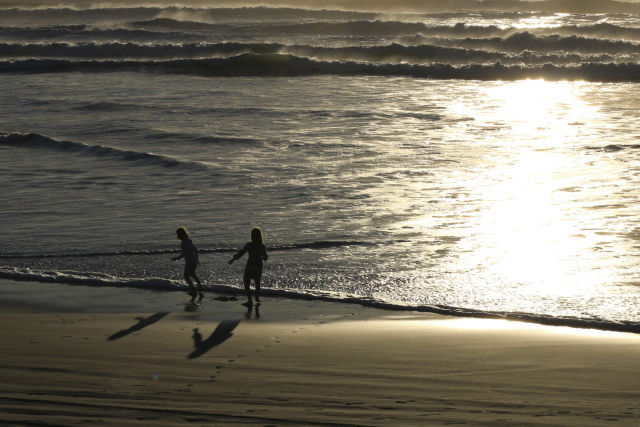
Image: Robert Steelquist
4. It’s not too late to camp, right?
If you have the right gear and a positive attitude, camping in October can be a rewarding experience. Steelquist says that Oswald West’s Short Sands Beach (aka “Shorty”), which is packed in the summer months, is one of his favorite spots for pitching a tent after Labor Day.
5. A little secret: sometimes the coast is milder.
Steelquist recalls a January hike up Saddle Mountain (about 16 miles east of Seaside) in shorts and a t-shirt. (I'll agree: some of the clearest, sunniest days I’ve had at the beach were in March.) Even in the darkest hour of Portland's winter, the weather can be surprisingly pleasant at the coast. Sometimes its awfully nice just over the hill, heading west.
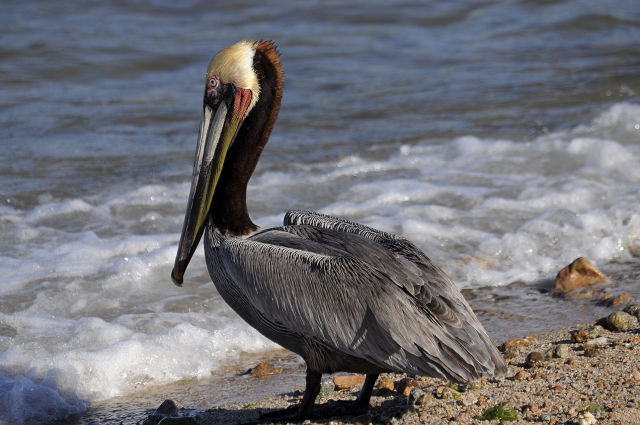
Brown pelican.
Image: Joe Meche
6. Fall—also a great time to schedule ahead…
While each season has its beauty, Steelquist is still partial to springtime at the coast, “when the business of the ocean is best.” The lowest of the low tides arrive, making for excellent tidepool exploration. Plus, California gray whales and their 16-foot calves, in addition to a plethora of migratory birds, are all back on the move through Oregon from March to June.
Robert Steelquist presents his new book on Sept 27 at downtown Portland's Ecotrust building. $3–$5 entry.
